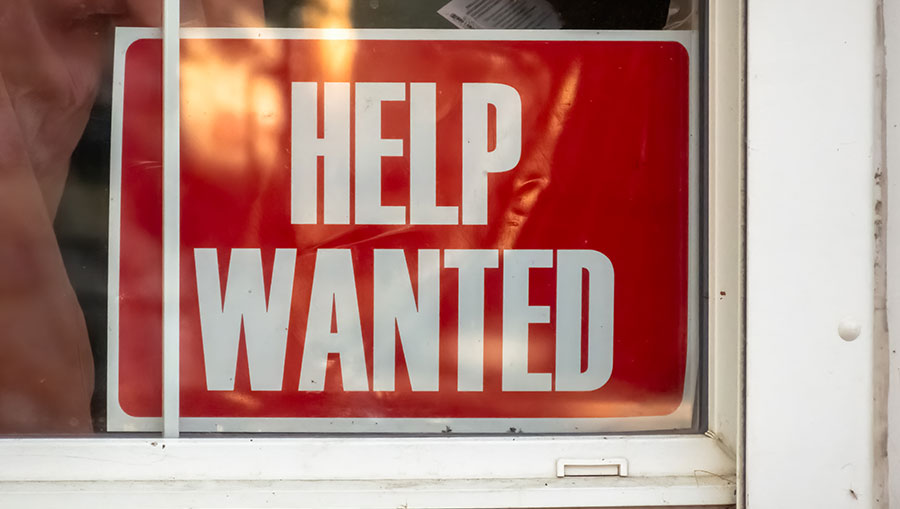Personal Wealth Management / Market Analysis
Fighting the Last War: Supply Chain Edition
The Panama Canal has some traffic problems.
‘Tis the season for traditions, and investors are engaging in a time-honored one right now: fighting the last war in a young bull market. No matter what causes a bear market, investors usually hunt endlessly for a repeat in its wake. In the 2009 – 2020 bull market’s first few years, folks were perpetually on the lookout for the next debt bomb that would break bank balance sheets. After 2020’s lockdown-induced bear market, investors dwelled on COVID variants and new restrictions. And now, after 2022’s downturn, the ghosts of all the fears that bogged down sentiment gain massive attention. Case in point: The Panama Canal’s drought woes, which are restricting traffic and resurrecting supply chain chaos fears. To us, this is more a sign of sentiment than a fresh bear market risk.
Since summer, the canal has had to reduce daily ship crossings due to drought. This isn’t the first time lower water levels have caused headaches at the canal, but it is the first time since the new locks went online in 2016, upping the water required to pass a ship from 50 million gallons to 200 million. The authorities started reducing traffic in July, leading to long wait times and huge bidding wars to jump the queue when there is an unexpected empty slot. But it is about to get worse as Panama enters its traditional dry season from December through May. The Panama Canal Authority has warned shippers that daily crossings will drop to 18 in February—half the normal daily average.[i]
Hence, supply chain fears are back, echoing one of the scare stories contributing to 2022’s bear market. Then, with global shipping lanes and container supply still reeling from COVID disruptions, shipping bottlenecks were a major factor in the supply shortages and fed into spiking inflation. With the Baltic Dry index—a measure of shipping costs—more than doubling since August to its highest level since mid-2022, it isn’t hard to see why the prospect of shipping woes worsening is touching some nerves.[ii]
Yet we don’t think investors need to pencil in a 2022 repeat. For one, supply shortages were part of a one-two punch with massively spiking money supply as inflation skyrocketed last year. Borrowing Milton Friedman’s famous observation that inflation is always and everywhere a monetary phenomenon of too much money chasing too few goods, we had both last year. This time, to the extent that there may be shortages, broad money supply is falling in much of the developed world.
Two, it isn’t clear that Panama’s drought issues will actually bring shortages. The disruptions that contributed to inflation before were far broader, affecting myriad ports and shippers all around the world, as lockdowns drove all manner of chaos. Today? Not so much. Companies who aren’t swallowing the longer wait times in the harbor are already finding workarounds. Some are simply going the other way, using the Suez to get goods in and out of the Pacific instead. Some are going the long way, scooting around the southern tip of South America or Africa, depending on their route and destination. Some are having their wares cross the US by rail before setting out across the high seas. All add transit times and costs, which isn’t grand, but the industry is managing and most goods are getting where they need to go. Fresh food is perhaps an exception, which is obviously not good for the affected farms and people, but agriculture is a tiny part of the global economy, and markets have already proven this year that they can weather hot food inflation.
So we suggest investors think about this as markets do: a widely telegraphed headwind with myriad solutions and perhaps a modest impact on earnings in some sectors. It might add costs for Industrials and Consumer stocks as well as parts of the Energy and Tech sectors (oil and gas transport and hardware, respectively), but these sectors have wide gross profit margins to help cushion the impact. It probably won’t mean much to most services-based industries, which represents the vast majority of developed world GDP and a major chunk of global market cap. And perhaps most importantly, given how many eyeballs have been on this situation for several months now, it seems hard to argue it is sneaking up on markets. More likely, stocks have been quietly discounting the impact since summer, doing their day job of registering reality over the next 3 – 30 months well before investors get hip to it.
If you would like to contact the editors responsible for this article, please message MarketMinder directly.
*The content contained in this article represents only the opinions and viewpoints of the Fisher Investments editorial staff.
Get a weekly roundup of our market insights
Sign up for our weekly e-mail newsletter.

You Imagine Your Future. We Help You Get There.
Are you ready to start your journey to a better financial future?

Where Might the Market Go Next?
Confidently tackle the market’s ups and downs with independent research and analysis that tells you where we think stocks are headed—and why.





